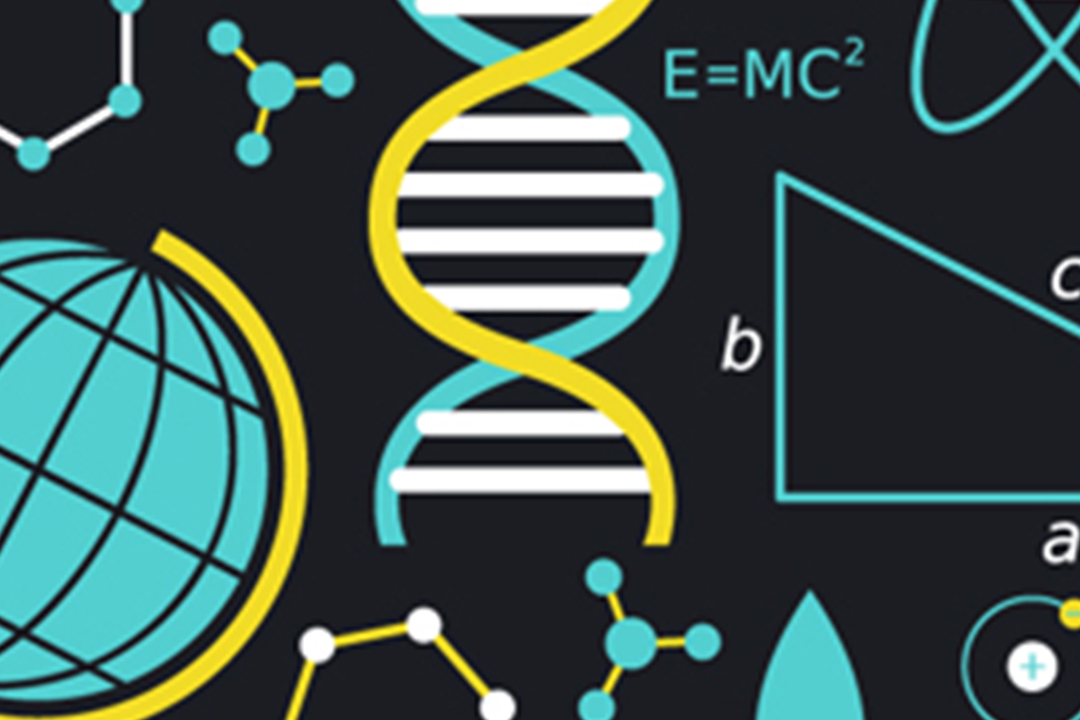As the nation faces shifting economic realities, how can we best prepare the next generation to enter the workforce? A research study co-led by Tara Behrend is taking a closer look at “Inclusive Science, Technology, Engineering and Mathematics” high schools for possible solutions. Rapidly emerging across the United States, the focused curriculum of these schools is resulting in the development of new sources of STEM talent among underrepresented minority students, and providing them the means to succeed academically and professionally in a STEM field.
“The 2010 report from the President’s Council of Advisors on Science and Technology strongly argues that the success of the U.S. in the 21st century depends on a STEM-educated population prepared to contribute ideas and skills to the economy,” said Behrend, an assistant professor of organizational sciences in Columbian College. “The report demonstrates that we are currently falling far short of our goals for preparing the future workforce.”
With a $2.8 million grant from the National Science Foundation and support from GW’s Institute on Public Policy, Behrand is part of an interdisciplinary team that includes Sharon Lynch from GW’s Graduate School of Education and Human Development, Erin Peters-Burton from George Mason University, Barbara Means from SRI International, and several GW doctoral and graduate students. Their project, called Opportunity Structures for Preparation and Inspiration (OSPrI), seeks to understand and model the operations of STEM-focused schools.
“Traditional high schools might have the same course offerings in science, but a limited number of students might pursue those courses,” said Behrend. “At STEM-focused schools, the STEM subjects tend to be integrated, meaning that projects draw from several different disciplines and teachers work together to plan classes.”
OSPrI recently released the first two case studies, each presenting an in-depth analysis of the school models at high schools in Texas and North Carolina. The studies indicate how these schools have helped cultivate the strong academic performance of their students, many of whom are first-generation college students.
“We are seeing that schools approach the challenge of preparing and inspiring students in a number of different ways,” said Behrend. “Some focus on preparing students for college majors in STEM; others focus more on preparing students to become productive citizens beyond college. One thing they all have in common is a mission to encourage and prepare all students—including those from diverse backgrounds and those who may not otherwise have the opportunity—to attend college or gain experience in STEM.”
The studies focus on 10 critical components, ranging from curriculum and instruction to outside-the-classroom learning experiences and other student support. They also highlight the schools’ unique, community-based STEM programs that incorporate partnerships with local businesses and universities.
OSPrI will release six additional case studies in the coming months, followed by a cross-case analysis based on the eight case studies. To view the case studies in their entirety, visit OSPRI.


